[vc_row][vc_column][vc_column_text]by David Miringtoro Osikore BSC MAUSIMM
The former Panguna Mine, owned and operated by Bougainville Copper Limited (BCL) was forced to close, in May of 1989 at the height of the Bougainville Crisis.
It has now lain dormant for for 31 years. The mine’s former operating economics and glory was lost in its entirety 31 years ago. Although, legally one would argue today the mine is alive, due to the absence of a BCL activated Mine Closure as per PNG Mining Act 1992. This would allow for some valid argument for those who like to debate it. For example, no legal Mine Closure for some may mean no environmental clean-up responsibility, because the mine was not legally closed.
Nevertheless, the former Panguna Mine as it is now, can no longer be referred to, or no longer qualified to be called a mine today. It is not an operating mine.

The pre-forced shutdown mining economics, including operating unit cost per ton copper, copper, gold, silver metal prices, fuel costs, electricity, taxes & tariffs, insurance, concentrate delivery contracts, cost of mobile
mining equipment, cost of parts, foreign exchange, and the value of Kina are no longer applicable or valid today.
Relics of the former Panguna Mine spread out from the Panguna mine site itself, the old Panguna township site, Loloho port and the Arawa town facilities represents a fast-fading memory of what was, one of the best run and best performing, low grade bulk tonnage, copper- gold, open pit mining operation in the world.
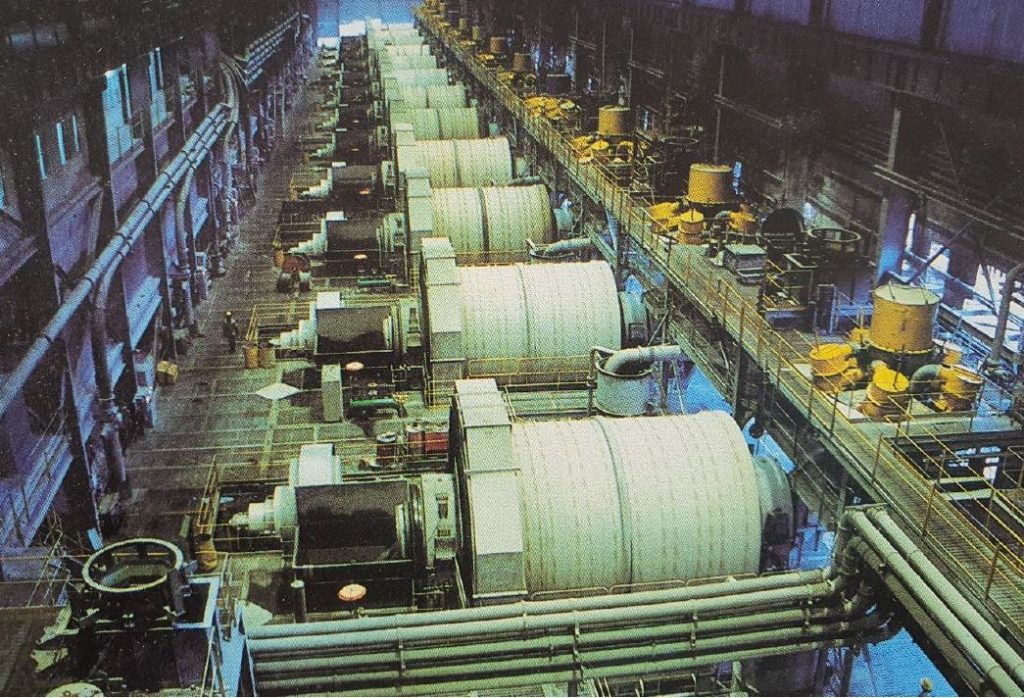
Bougainvilleans and Papua New Guineans who were born during the 1990s (31 years old today) have little or no knowledge of the contribution from the former Panguna Mine and its operations including its value adding impacts to the Bougainville community and the Papua New Guinea economy.
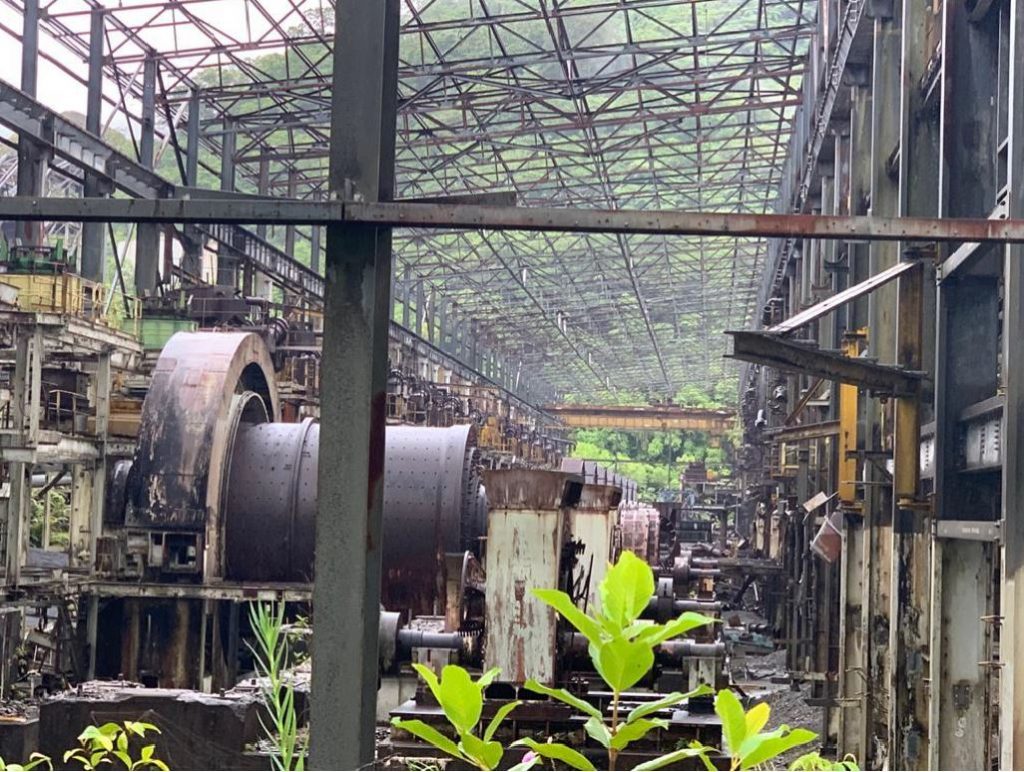
In economic geology, the former Panguna mine can now be safely, referred to as a Brownfield Project.
A Brownfield project refers to an economic mineral deposit located proximal to existing mining operation(s) or proximal to existing infrastructures. The later meets the current Panguna copper-gold deposit location well.

The existing Panguna pit, port to mine access road and drilled out resource make Panguna an attractive proposition for restart-up of the Panguna Porphyry Copper – gold deposit as a new mining project based on present day economic vectors. See Figure 1.
The cost of developing a mine for a brownfield mineral deposit generally is lower compared to developing a mine in a geographically remote and rugged location as initially, Panguna had no existing infrastructures. Today, with existing infrastructures it remains an advantage for a Panguna restart.
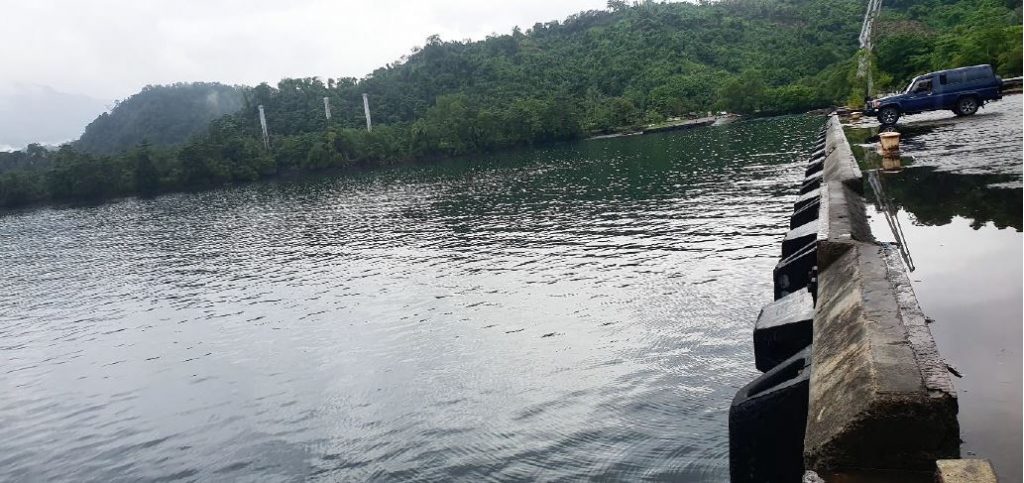
This means going forward, the Panguna porphyry copper-gold deposit MUST be developed as an entirely new mining project.
New agreements need to be put in place, economic vectors need to be applied to mining economics, a new resource model to be developed inclusive of the mining model, new agreements with landowners and the ABG, environment permit, waste disposals and waste managements, new employee structures, concentrate market contracts, training, new mine
closure plan, and the list goes on.
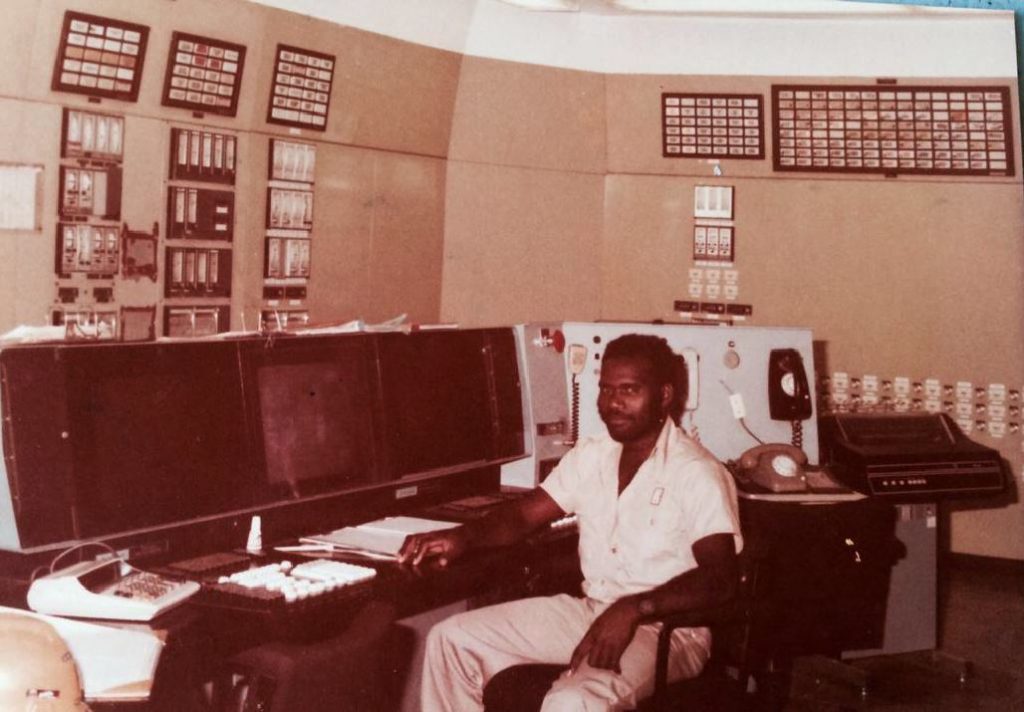
Expectations of a “New BCL” or a new developer for Panguna deposit from the people of Bougainville are extremely high. There is hunger for employment opportunities from educated young Bougainvilleans, hungerfor business, better hospitals, school and new skills. The drive to work, learn and succeed enormous and clear in Arawa, Buka and all over Bougainville island.
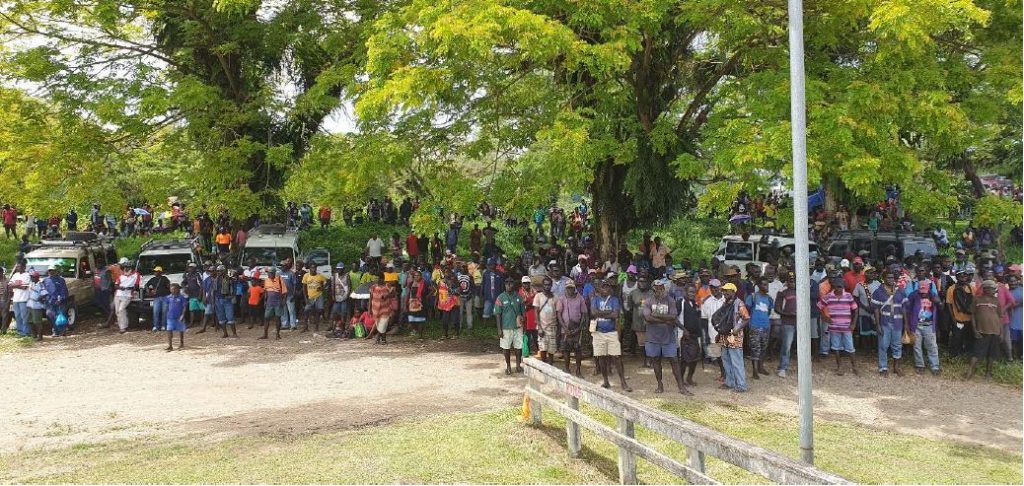
New Panguna Mine Project under “New BCL”
The new Panguna Mine to be developed, under a “New BCL” Equity Structure or ownership must have the following to be legally granted, permitted, or put in place by the relevant Autonomous Bougainville Government and the Papua New Guinea Government.
1) Granted Exploration License (EL01). This MUST come from the Bougainville Government as per Bougainville Mining Act 2015.
There MUST be an unequivocal support from the ABG Government, to give NEW BCL confidence to invest in development of Panguna.
2) Granted Environment Permit. Again, this MUST be granted under the Bougainville Environment Laws.
3) Granted SML, LMP, and MEs to” NEW BCL” as per Bougainville Mining Act 2015,
4) Security of tenure (this is especially important) the ABG MUST provide a stable business, stable Mining Law, legal protection to BCL investment.
5) Absolute Support from Papua New Guinea Government.
6) Absolute Support from Panguna Landowners and other impacted landowners.
7) Absolute Support from Panguna District Administration
8) Absolute Support from all stakeholders.
9) Effective Law and order and courts

When all the above are in place, it gives the legal right, confidence, and justification for the “New BCL” to either source or raise funds at international financial market(s). The New BCL would have the justification to fund exploration and feasibility studies for development of new the Panguna Mine.
Clearly, there will be further need for technical reviews or technical validation of existing BCL data or Intellectual Property (IP).
The review should encompass (although not exhaustive to the list below) the
following;
1) Existing geological and geochemical database.
2) Re-establishment and rehabilitation of the current Panguna pit.
3) Revisit resource estimation categories which may require further infill drilling.
4) Resource modelling may require further metallurgical test work.
5) Create new Mining model Based on current economic vectors,
6) Validation, recovery & rehabilitation, re-establishment of all mining and milling infrastructures.
7) Revisit landowners, landownership, future generations fund, socio-economic studies, and relationships
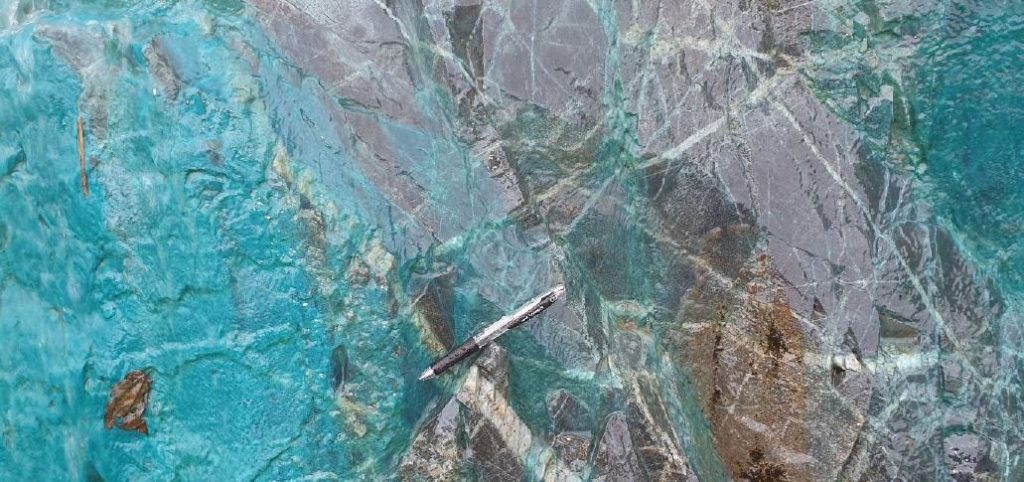
The above can be view in two parts or two work components.
Part one: Cost of technical reinvestigation or validation of existing data, recovery, rehabilitation and re-engineering of the existing pit and civil works and surrounding pit infrastructures.
Part two: Cost of reestablishment/refurbishment of the Loloho Port, Arawa and Panguna Township facilities, mining, crushing, milling, processing etc. this no doubt will be a significant cost.

[/vc_column_text][/vc_column][/vc_row]

